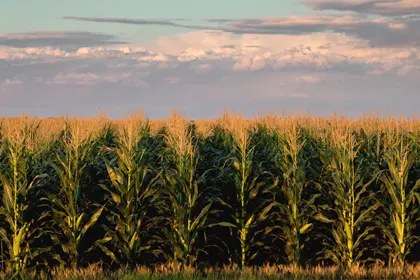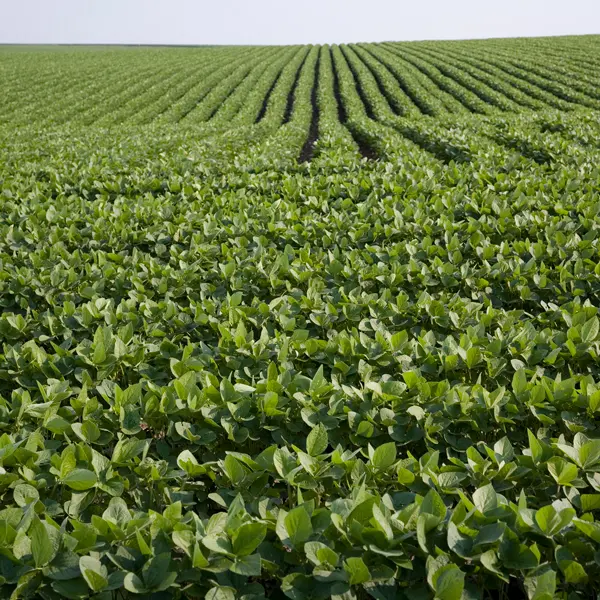
Herbicide resistance: tackling the ever-present challenge
Herbicide resistance: tackling the ever-present challenge
How a holistic approach to weed control can preserve future herbicide efficacy
Herbicide-resistant weeds are an ever-changing, ever-growing threat growers must manage. Data from the University of Illinois highlights 520 existing cases of global herbicide resistance, with a dozen or so new cases cropping up every year.[1]
One potential solution for preventing future herbicide resistance is to not let any weeds go to seed. While thought-provoking, is that option physically or economically achievable? A holistic approach to weed control may offer a more realistic way to combat weed pressure and preserve herbicide efficacy.
“Growers are caught between a rock and a hard place because, absent any resistance, there’s an economic threshold for weed management,” says the Wilbur-Ellis R&D Team. “Absent any resistance, there’s a point where your weed control methods stop being economically useful because the weeds that remain aren’t going to do any economic damage.”
A costly, compounding, contagious issue
Poor weed control presents immediate problems: weedy fields cost you yield, slow harvest, increased soil weed seed bed and spreading weed seed to other fields.
It is a future problem because any weed that survives herbicide exposure and produces seed potentially evolves resistance to the herbicide. Herbicide resistance is also a contagious problem as seeds are spread from field to field on farm equipment during harvest or spring field prep.
“If you leave a resistant weed to go to seed in your field, it may not be a big issue next year – a few escapes here or there,” says the R&D Team. “But in five or ten years when you, your neighbors, and your county have to deal with the competition caused by herbicide resistant weeds, the additional cost will be significant.”

A holistic approach to weed control
Take weeds down
When controlling tough-to-manage weeds, it’s important to use multiple modes of action of chemistry and attack multiple sites of action within the physiology of the target weed.
Keep weeds down
Once weeds have been successfully eliminated, it is important to keep them down. Through residual chemistries, you can help to keep additional flushes of weeds from emerging and becoming a problem prior to canopy.
Once a successful canopy has been achieved, it is much more difficult for new weeds to emerge and successfully compete for light, nutrients and water. However, small weeds may still go to seed and weed escapes can still happen.
“Using corn as an example, because corn grows so tall, after the canopy closes it’s going to shade out and outcompete most weeds. If a few weeds pop through, it’s certainly not going to be enough to harm you economically for that season,” says the R&D Team.
“That can be a big problem, however, because if those weeds survived the herbicide treatment, they likely have some form of tolerance and are setting seed. Now you’re looking at trouble down the road. It then becomes a question of how much you are willing to spend in terms of money and effort to eradicate every single weed. I think that is a very, very tough nut to crack. And there’s certainly no one-size-fits-all prescription.”
It is difficult to control every weed after the crop has canopied, just as it is nearly impossible to get the spray deposits below the canopy. In that scenario, eliminating all weeds that can go to seed can be very difficult.

Although it is likely impossible to completely prevent herbicide resistance, either physically or economically, it is still important to take a holistic approach to managing weeds to preserve herbicide efficacy.
Below is a list of reminders and best practices for effective weed control:
- Application timing and quality – Control weeds while they’re still small, use multiple passes to ensure complete control. For optimal performance, always follow manufacturer label instructions and avoid cutting rates.
- Scout and identify targets – Certain herbicides have higher efficacy on certain weeds. Knowing specific weed pressures allows you to select a more effective herbicide program.
- Multiple modes/sites of action – You don’t want to wonder if the weeds are going to get taken out, you want to know. Using multiple modes of action helps ensure you are giving weeds multiple problems to deal with they won’t be able to overcome. Additionally, ensure your modes of action are attacking different sites of action on the weeds. By interrupting or eliminating multiple physical processes within the weeds, you stand a better chance at controlling them.
- Residuals – Don’t rely solely on contact herbicides to carry the load of weed control. Use overlapping residuals to keep young weeds from emerging until the crop can reach full canopy.
- Adjuvants – Enhance product performance. Overcome spray barriers and disruptors standing in the way of a successful application.
- Crop rotation – Rotating between different crops makes different active ingredients and weed control options available. This allows rotation of both crops and chemistry, ultimately reducing selection pressure.
- Proper equipment – Use the correct nozzles along with the manufacturer’s instructions. Doing so helps to ensure optimal coverage while reducing drift and off-target movement of pesticides.
- Utilize mechanical methods when necessary – Cultivation, selective tillage and even burning can be effective forms of mechanical weed control when chemical methods fall short or become too expensive.
Relying on a full toolbox of smart agronomic practices can help to significantly slow the advance of herbicide resistance in the future. As you develop your herbicide program, consider turning to your local Wilbur-Ellis agronomist for input and strategies for maximum efficacy.
[1] Hager A. 2023. “Herbicide-resistant weeds raise more questions. University of Illinois Ag UPDATE. Available at: https://agupdate.com/crops/herbicide-resistant-weeds-raise-more-questions/article_75c9cd1c-f5b0-11ed-9921-17e14618cab1.html.

